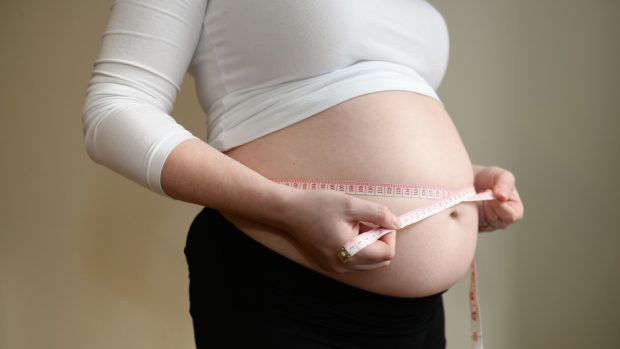Mothers who have high blood pressure during pregnancy are more likely to develop chronic kidney disease later in life.
Researchers at Aberdeen University made the discovery after tracking a group of women for up to 60 years after they gave birth.
And the results have prompted a caution to health chiefs that more attention should be paid to patients after they are discharged from maternity wards.
They showed that those with hypertensive disorders such as high blood pressure or eclampsia had an increased risk of suffering from kidney disease than those with normal blood pressure.
Dr Dolapo Ayansina, who analysed the data, said: “For most women with hypertension, once the pregnancy is over their blood pressure and symptoms return to normal.
“But it hasn’t been known for sure whether there are long term implications for kidney function.
“So that’s basically what we are looking at: is there a suggestion of long-term implications for kidney function after the pregnancy and the baby has been delivered?
“The aim of the paper was to ask are we doing enough for women who have had hypertension in pregnancy.
“Currently we manage the symptoms during pregnancy then the women are sent home when blood pressure returns to normal.
“We look after women well in these stages. We were wondering if there’s a need to follow-up these women, monitor them more closely to see how these women are doing – do we just send them home or should we keep an eye and if there are problems we should catch it early?
“Our recommendations would be that maybe we should keep an eye on the renal function of these women who are at greater risk of kidney disease so that we can manage this if a problem occurs. ”
The study used data from the Aberdeen maternity and neonatal databank, Grampian renal biochemistry dataset, Scottish morbidity records , the Scottish renal register and the National Records of Scotland.
It was funded by the Scottish Government Chief Scientist Office and the results were published in the journal Pregnancy Hypertension: An International Journal of Women’s Cardiovascular Health.
